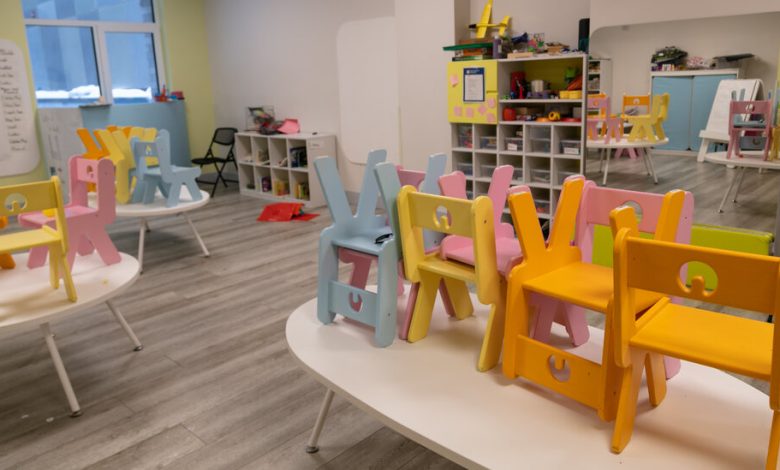With Pandemic Money Gone, Child Care Is an Industry on the Brink

Running a child care business has long been a very challenging math problem: Many providers can barely afford to operate, yet many parents cannot afford to pay more.
During the pandemic, there was temporary relief. The federal government spent $24 billion to keep the industry afloat. Many providers were given thousands of dollars a month, depending on their size, which they used to pay for expenses, the biggest of which was wages.
But that funding, which started in April 2021, expired in September. Five months later, the business is more precarious than ever.
In addition to the end of the monthly checks, providers’ costs have increased along with inflation — for food, supplies and liability and property insurance. Rising wages at food service and retail jobs have made it harder to recruit child care workers, one of the lowest-paying jobs in the country.
And families’ use of child care has changed, making it difficult for providers to maintain the requisite number of workers and collect a stable income. Some parents now use care less consistently because they work from home more often or found alternative arrangements, like having family members or nannies care for children, during the pandemic.
The result is an industry on the brink, new data shows.
In a survey released Sunday by the National Association for the Education of Young Children, over half of 3,815 child care owners or directors said they were enrolling fewer children than they were licensed for. Mostly it was because of staffing shortages — they said they could not afford to pay workers more because parents could not afford to pay more.





